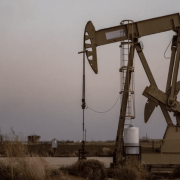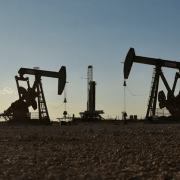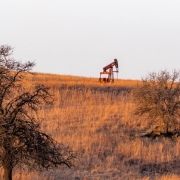Italy’s supermajor Eni launches supercomputer that is the world’s most powerful supercomputer outside the United States in a bid to boost its oil and gas exploration results, the Financial Times reported, adding that the company will also use the supercomputer “to perform calculations to advance clean energy.”
Eni itself said back in November, when it introduced the supercomputer to the world, that the supercomputer will help it “optimize industrial plant operations, enhance the accuracy of geological and fluid dynamics studies for CO2 storage, develop more efficient batteries, optimize the biofuel supply chain, and develop innovative materials for applications in biochemistry.”
The machine costs more than $100 million and ranks fifth among the world’s biggest and most powerful supercomputers, Eni said back in November.
“A lot of the other companies realised it would be more efficient to rent time on someone else’s supercomputer,” Thunder Said Energy analyst Rob West told the Financial Times in comments on the Eni news. This even includes the U.S. supermajors, Exxon and Chevron, which have been using the supercomputers at the U.S. National Center for Supercomputing Applications.
Eni, however, has decided to stick with proprietary technology driving both its core oil and gas business and, apparently, its expansion into energy transition technology.
Approach to conventional and green energy development
For years, Eni has been taking a different approach to conventional and green energy development, unlike any of the other major international oil and gas firms. The Italian major is divesting or creating joint ventures to operate oil and gas assets internationally while grouping some low-carbon initiatives and projects into separate firms.
Key to these spin-offs and the so-called ‘satellite strategy’ are the separate balance sheets of the companies.
“The satellite model is an approach we have built to have additional funding sources to keep together the need to meet demand for traditional products, while also developing new, greener products,” Eni’s chief financial officer Francesco Gattei told Reuters.
By Irina Slav for Oilprice.com
Click here to read the full article
Source: Oil Price
—
Do you have any questions or thoughts about the topic Eni launches supercomputer? Feel free to contact us here or leave a comment below.











